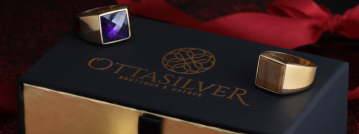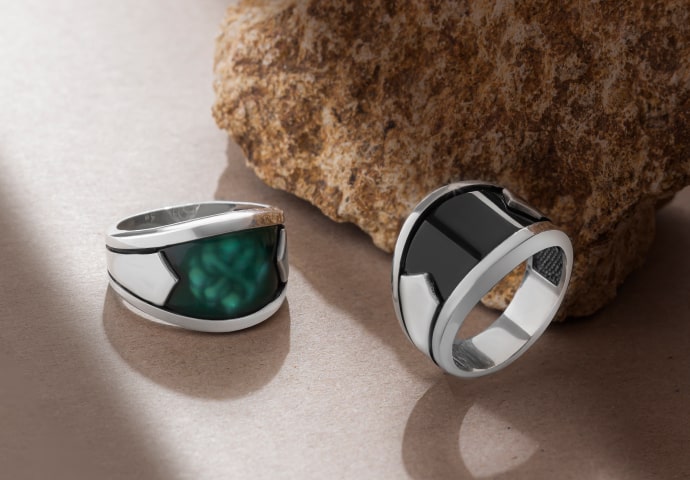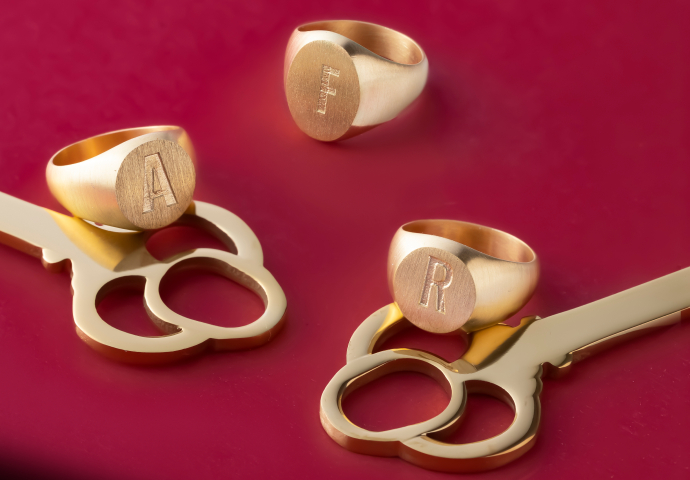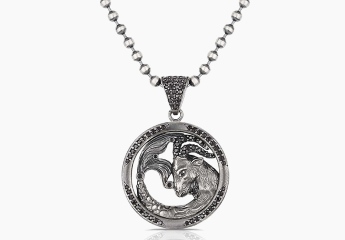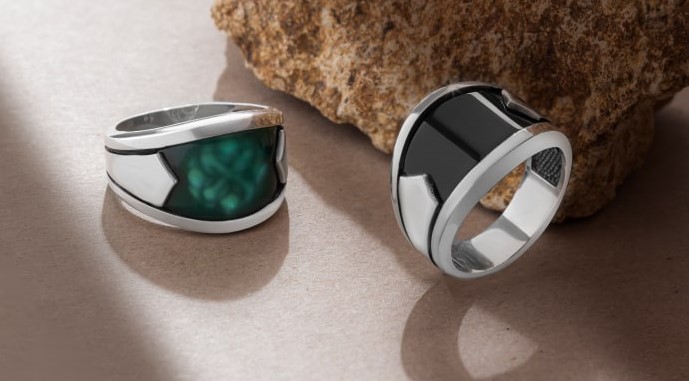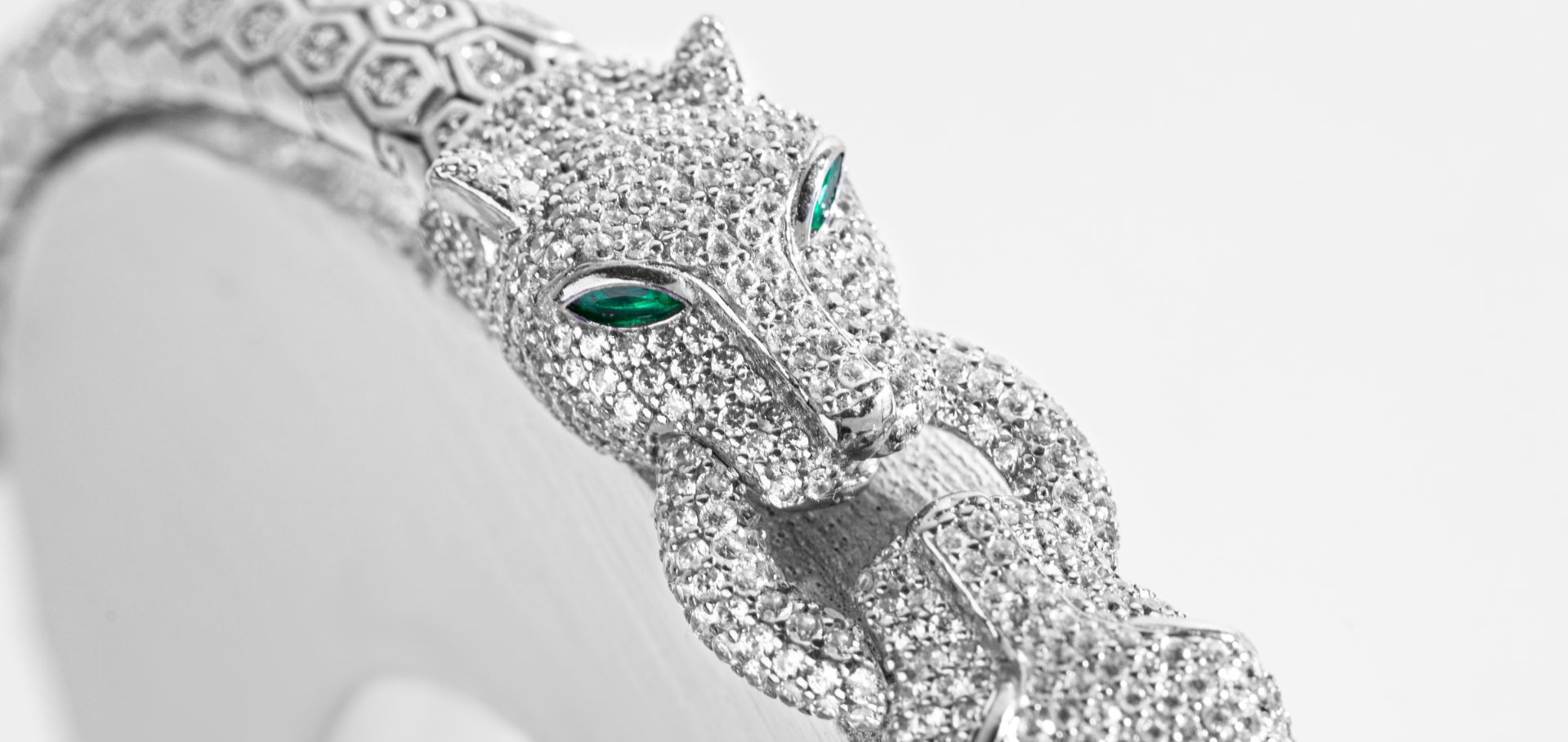
Jewelry has been a significant part of human culture for thousands of years, and men have been wearing jewelry for just as long as women have. From ancient times to modern trends, men's jewelry has evolved and changed over the centuries, reflecting the beliefs, values, and social norms of different societies. In this blog post, we will explore the history of men's jewelry, looking at its origins, development, and current trends.
Ancient Times
In ancient times, men's jewelry was often associated with power, status, and wealth. The earliest known examples of men's jewelry date back to the ancient civilizations of Mesopotamia and Egypt. In Egypt, for example, pharaohs and other high-ranking officials would wear elaborate gold and gemstone jewelry as a symbol of their authority. These pieces were often ornate and included intricate designs, with some featuring hieroglyphics and symbols that represented religious and political beliefs. In Greece and Rome, men would wear rings, bracelets, and necklaces made from precious metals and stones. These pieces often had symbolic meanings, such as signifying a warrior's bravery or a ruler's strength. In these cultures, men's jewelry was seen as a way to demonstrate power, authority, and social standing.
Medieval Era
During the medieval era, men's jewelry took on a more religious significance. Crosses and other religious symbols were commonly worn as a sign of piety, and many of these pieces were made from simple materials like wood or bone. The Catholic Church in Europe had strict rules on how individuals should dress, with jewelry being a key part of this. Men's jewelry during this time was often seen as a way to display one's devotion to God, and it was also a way for the clergy to show their status within the Church. However, men's jewelry during this time was not limited to religious symbols, as wealthy individuals would often wear jewelry made from precious metals and stones, including signet rings and chain necklaces.
19th and 20th Centuries
In the 19th and 20th centuries, men's jewelry took on a more utilitarian purpose. Pocket watches, cufflinks, and tie pins became popular accessories for the well-dressed man. During this time, men's fashion also began to reflect social changes, with a growing focus on individuality and self-expression. This led to the emergence of new styles and materials in men's jewelry, such as leather, beads, and even plastic. In the mid-20th century, men's jewelry experienced a decline in popularity, with many people associating it with outdated styles and stuffy social norms. However, this changed in the 1970s and 1980s, as men's jewelry became popular among subcultures such as punk and heavy metal.
Current Trends
Today, men's jewelry is as diverse and varied as ever, with a wide range of styles, materials, and designs available. From classic gold and silver pieces to more contemporary styles featuring leather, wood, and other natural materials, there is something to suit every taste and personality. Current trends include minimalist designs, layering pieces, and a focus on sustainable and ethically-sourced materials. Minimalist designs often feature simple shapes and clean lines, and they are popular among men who prefer understated elegance. Layering pieces allow men to mix and match different pieces of jewelry to create a unique look, while sustainable and ethically-sourced materials reflect a growing awareness of environmental and social issues.
Conclusion
Overall, the history of men's jewelry is a testament to the enduring appeal of this timeless accessory. From ancient times to modern trends, men's jewelry has been a way for men to express their power, status, religion, and personal style. Today, men's jewelry is more diverse and accessible than ever, with an endless array of options available to suit every taste and occasion. Whether you prefer classic gold and silver pieces or more contemporary styles featuring natural materials, there is something for everyone in the world of men's jewelry.

